Classic Car Modification: Expert Tips
Before discussing classic car customization, let me tell you what it is. The classic car is generally an older car of historical, artistic, or cultural significance. These vehicles are always valued for their unique design, craftsmanship, and an example of a particular period in automotive record.
Similarly, these cars also hold a lot of significance, and even top modern cars are treasured in their way. If you are a car lover, then customizing the best classic cars is something you would want to do. Whether you are working to return an old beauty to its root or giving it a modern makeover, vintage car customization will provide a new lease of life to an old device.
Table of Contents
It requires an amalgam of imagination, technical skill, and knowledge of automobile records. To help steer you on this intriguing journey, we’ve provided some advice from the pros to ensure that your historical vehicle mod project is both rewarding and profitable.
Research and Planning for Customization
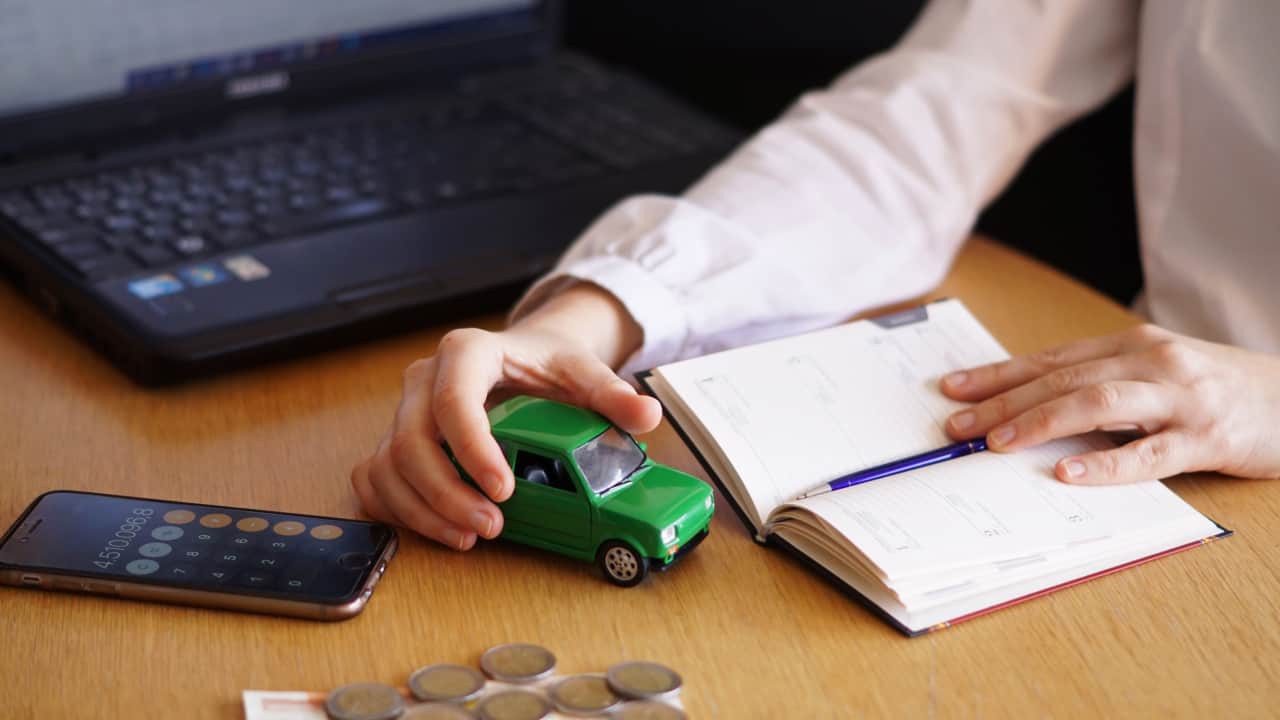
Research the history of the vehicle, such as its original specifications, how long since it was produced, and any significant events in its story. Knowing this will help steer your choices and ensure the personalization admires the car’s lineage.
Clearly articulate what your objectives are for your project. Are you searching for better overall performance, aesthetic design, consolation, or a mixture of these? A clear vision will help you stay focused and make sure the changes you are making are aligned with what you want.
Classic car customization can be an expensive endeavor. Set a reasonable budget and stick to it closely. This will help ensure that you are not overspending and that the project stays within your budget.
Choosing the Right Parts for a Custom Classic Car
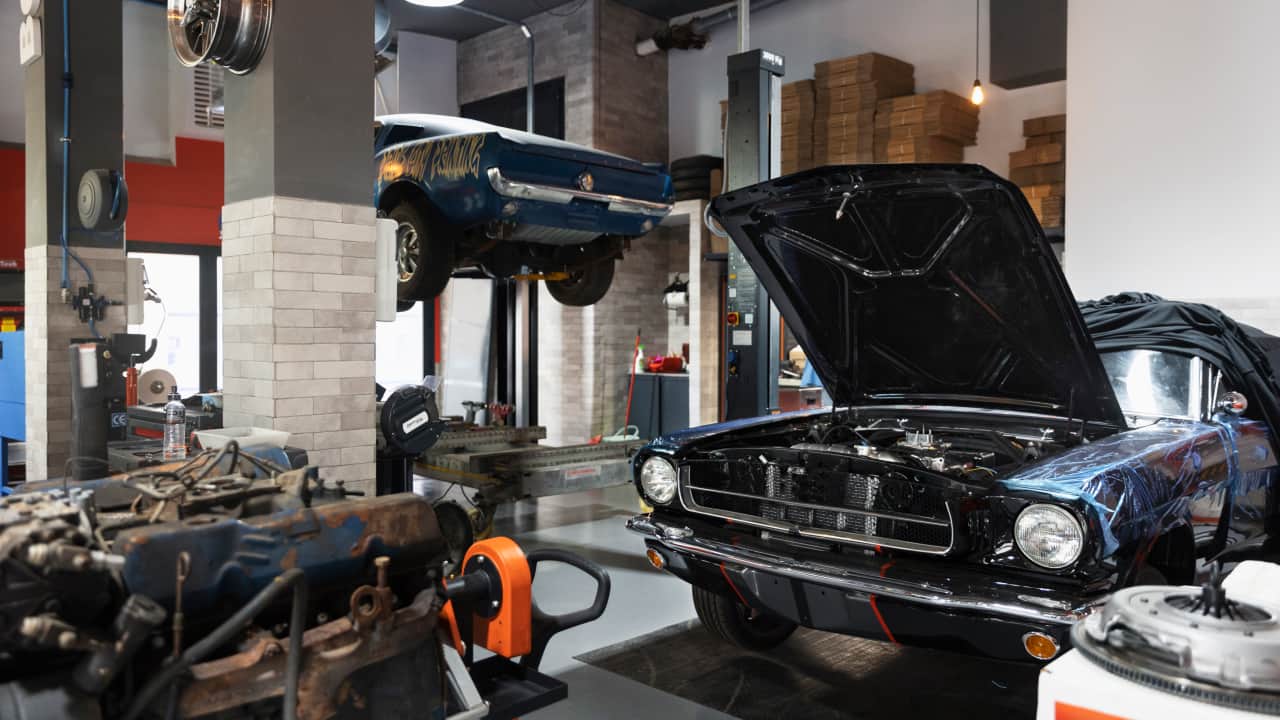
Buy good quality parts from reliable manufacturers. It allows for long-lasting and better-quality for the modification by ensuring reliability. Aftermarket or OE (Original Equipment) parts are a common choice since they offer the best fit and finish, however, they are usually more expensive. It only makes sense that aftermarket parts have more options and lower costs.
While aftermarket parts can save you money, they won’t always work for your make and model vehicle. Ford, Chevy, and, Porsche are popular picks for this avenue, because of their extensive aftermarket support and availability of replacement parts.
This will allow you to avoid compatibility issues and ensure that your enhancements function seamlessly as anticipated.
Finding Skilled Craftsmen for Modification
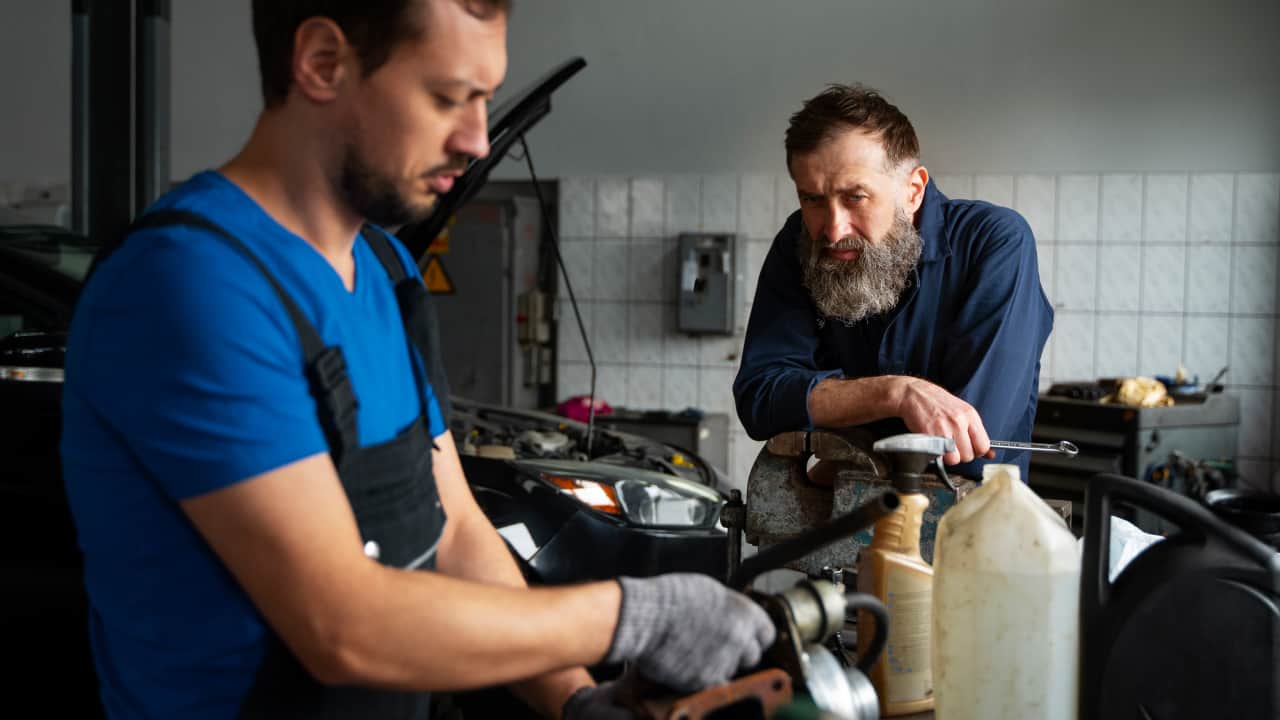
Get recommendations by speaking with other custom and classic car enthusiasts or consider online forums for advice on specialists. It will cover everyone from mechanical technicians to bodywork to upholsterers and other crafters.
Finally, you can interview potential specialists to get an idea about their experience, expertise, and approach to antique automobile restoration and customization. Maintain clear communication and a good working relationship with your selected tradespeople. This will help make sure that your job is properly done.
Join forums, go to car shows, and speak to fellow antique car lovers in the area. People get training in these subjectively interesting areas, they might give good advice on things you need to know. When you’ve done enough research, make a plan. Chunk your project into stages such as mechanical repairs, bodywork, paint, interior, and final fit-out.
Classic Car Customization Process
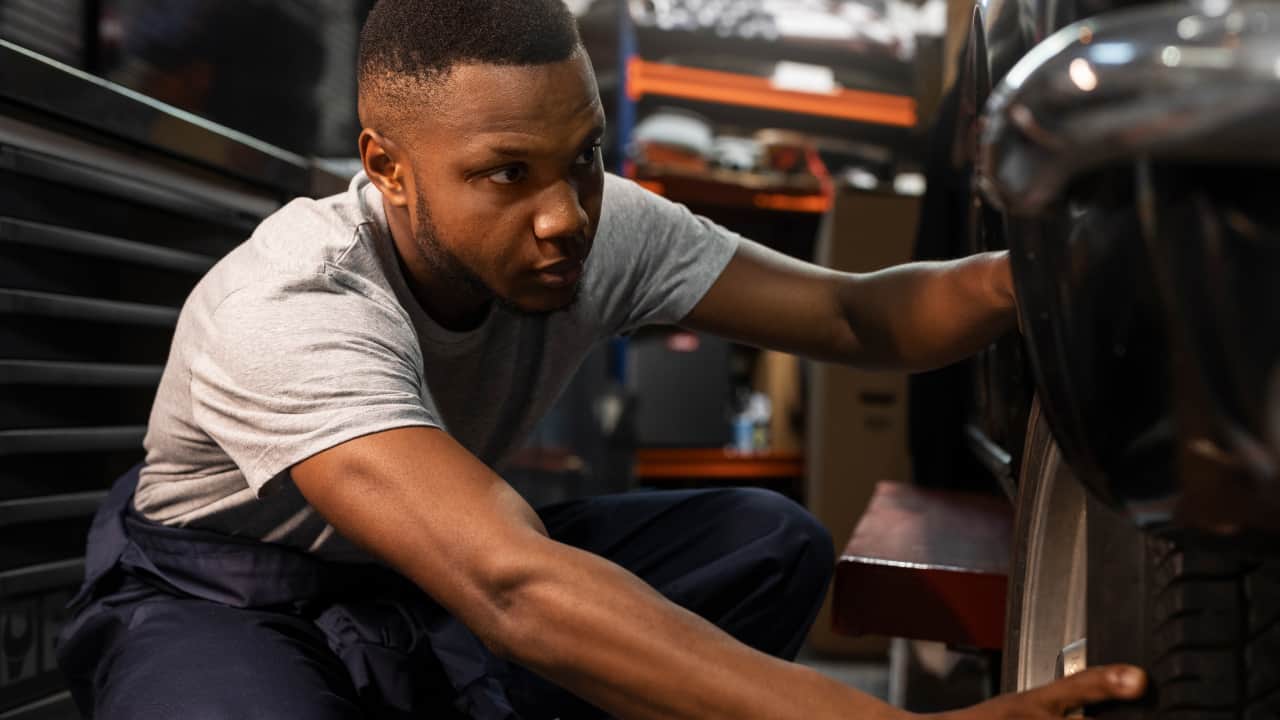
Record detailed photos and notes at each stage of the construction process. It will be very helpful for future reference and troubleshooting. Tracking your customization process is not just for your use, but can also enhance the car’s value should you choose to sell it at a later date.
Such records instill confidence in potential buyers that the vehicle is of good quality. Make sure you test each change properly to verify it does what you expect and does not adversely affect other systems. It all begins with disassembly and assessment. It typically begins with a full tear-down of the car. That includes replacing large add-ons such as the engine, transmission, indoors, and frame panels.
Related Pick: How Old Is A Classic Car? An Overview
After the car is stripped down, a thorough examination is performed to identify parts that need restoration, or replacement. It is a pivotal stage for planning the customization work and creating the expectation of an adequate result.
That said, classic car customization is a lengthy process, not a rushed solution. Take your time and do not hurry for the result.
Custom Vintage Car Interior Restoration and Customization
The interior of a traditional motor vehicle is so much more than simply an area to sit down. It tells the story of the car and performs a crucial part in the overall driving expertise. Everything contributes to the overall look and feel. The custom classic car interior is usually covered in new wool textiles, leather-based, vinyl, or cloth.
Custom upholstery adds a touch of luxury and personalization to the car’s interior. Start by cleaning any interior add-ons, consisting of the seats, carpets, headliner, dashboard, door panels, and trim. Note any harm, put on lacking elements.
You Might Like to Read: Celebrity Owned Classic Ferrari 250 GTO
The dash, door panels, and other custom classic car interior trim pieces can be restored, swapped for replacement, or modified to match the theme of the overall modification. Owners of classic cars often like to add modern luxuries like air conditioning, power windows, and audio.
Tackle Rust and Structural Stability in Retro Automobiles
One of the biggest issues that traditional car enthusiasts face is rust, and it needs to be addressed at some point in the restoration process. Oxidation of the metallic additives happens when it is affected by moisture, street salt, and other exterior elements, causing corrosion.
If not addressed, rust does no longer harm the car’s cosmetic attraction, it also compromises the structural honesty of the car, making it risky to drive. That being the case, removing the rust and preserving a car’s structural integrity should be the focus of any recovery or customization process.
Inspection
Inspection is the first step to tackling rust problems. Inspect the entire car, with special attention to the areas prone to rust — the underside, floors, wheel wells, door sills, and trunk. Some rust will be evident on the floor, but other areas, such as the inner fender wells or inside door panels, can conceal more serious damage. A professional mechanic or restorer might use specialized tools, such as borescopes, to view hard-to-reach areas.
With continuity established, the degree of rust damage will govern the repair method. Surface rust that hasn’t eaten in too deep is often sanded or blasted off. After removing it, use a rust converter or primer to help prevent future corrosion.
But worse rust that has pitted the metal — known as scale rust or perforation — calls for more extensive repairs. In this kind of situation, the crushed metal sections need to be cut out and replaced with new panels or patches.
Structural Rust
Structural rust, especially on load-bearing parts like the frame or suspension mounts, needs to be addressed right away. Rusted frames or unibody structures compromise the integrity of the vehicle and can affect the typical safe driving experience.
To restore the car’s strength and integrity, restorers usually reinforce or replace these areas. New metal is welded into place or prefabricated replacement panels are used, the repair is thus durable and seamless. When the levels are significant, working through a professional fabricator to re-create specific elements may be crucial to maintaining authenticity.
Prevention Tips After Treating Rust
It is also important to prevent destiny corrosion. That includes rust-proof coatings, such as epoxy primers, underbody sealants, or specific car-use paints. The undercarriage and wheel wells are protected with rubberized undercoating that keeps dirt and water at bay.
Modern rust inhibitors that can be sprayed into crevices and hard-to-reach places also are useful in prolonging the life of the recovery.
Ethical Considerations
Don’t make such modifications that alter the fundamental nature of the car or affect its value significantly. Or, you could give the vehicle some dignity and integrity respect and protect its historical integrity. Also, even as some things get modernized, the original look must be maintained. So leave anything that is against its original nature and the response of a classic car.
Whenever possible, make reversible changes. That will help safeguard the authenticity and value of the vehicle for future owners. Evaluate your decisions concerning the environmental consequences. Select eco-friendly and zero-waste parts for carbon footprint reduction.
Pro Tip:
Avoid overdoing it with modifications to the car’s appearance – subtle changes that work with the lines of the car are best. To improve operation, modern amenities, such as Bluetooth connectivity or discrete air-conditioning units, can be used under the hood while keeping the visual impression.Tackle Rust and Structural Stability
What is it About Classic Cars That Make Them so Special?
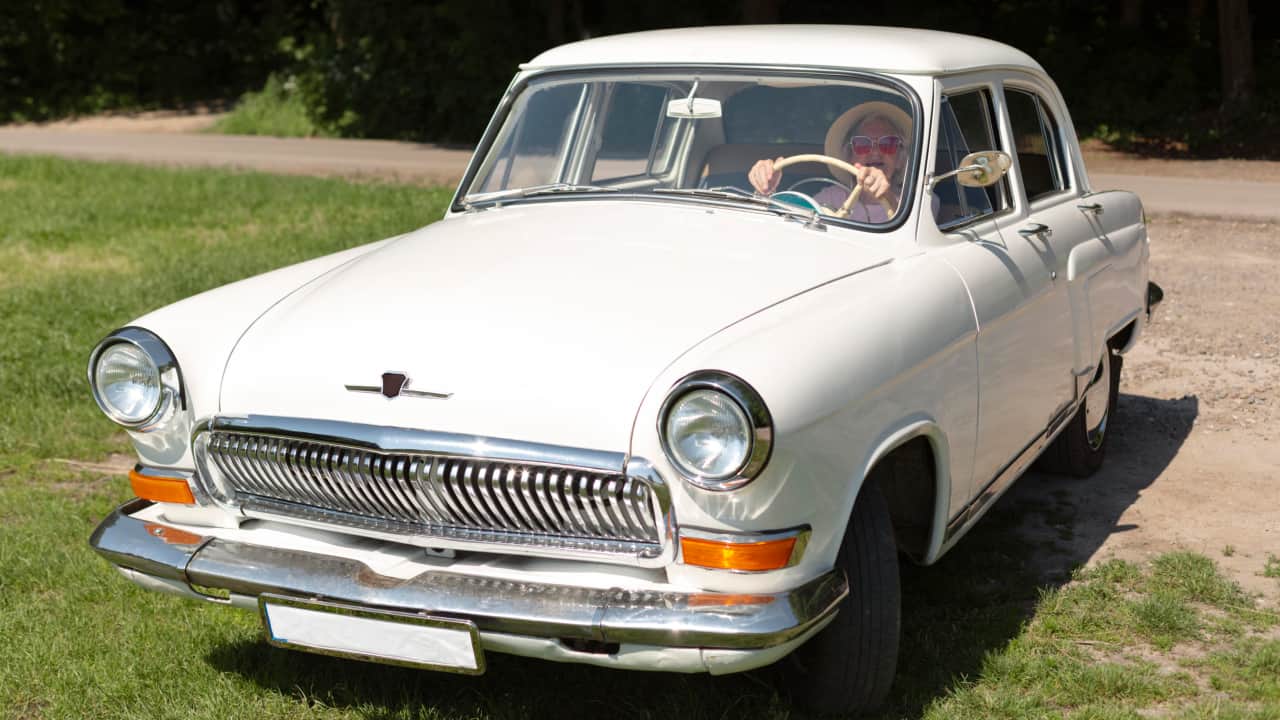
The things that make classic cars so special are the following;
- Nostalgia: Classic cars trigger memories of another time, attracting fans who relish the history and look of vintage vehicles.
- Craftsmanship: As far as heavily produced modern cars, they often have hand-assembled craftsmanship.
- Investment: A lot of classic automobiles appreciate over time, making them a favorite pick among enthusiasts.
- Riding: Unlike high-tech and cutting-edge automobiles, they offer a raw and mechanical experience.
The ownership of an old car goes beyond just transportation; it is a matter of possessing and preserving the rich and storied history of automotive achievement. Old-school automobiles, either retained in perfect stock form or modified for modern use, remain icons of fashion, engineering, and devotion.
Conclusion
Customization of a classic car is a labor of love requiring passion, specialization, and skill. Thoughtful consideration of the car’s history, the retention of its original design, and a focus on meticulous craftsmanship can help build a truly individual and rewarding automotive masterpiece.
Keep in mind that the aim is not to make a van out of a Ferrari F40 – but rather to refine it, and make it more beautiful, driveable, and somehow more timeless. It is a tough task to be fair along with meticulous planning, fastidious execution, and deep reverence for automotive lineage. You can undertake a rewarding journey of vintage car modification that resonates with future generations.
